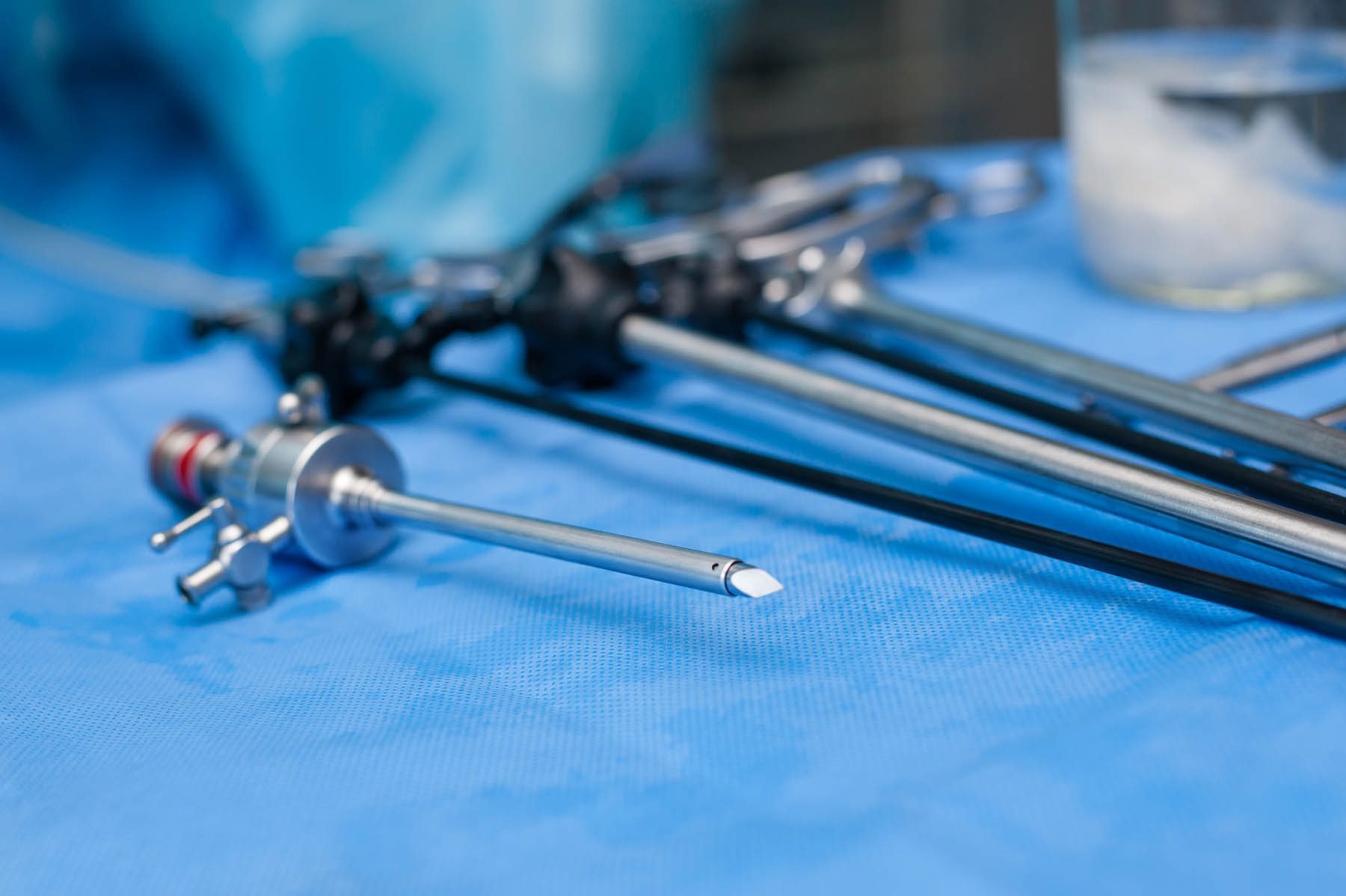Hernia
Abdominal wall hernias are among the most common of all surgical problems with inguinal hernia being the most frequent. Males account for 90% of all inguinal hernia repairs. Conventional “open” repair can be performed under local or general anaesthesia and requires a 2-inch scar in the groin. Minimally invasive options become available in the past years and has been providing patients with an alternative to conventional “open” repair. Endoscopic repairs now only require 3 keyhole scars and are able to tackle both sides’ hernias during the same surgery and has been proven to hasten recovery by causing less pain, while maintains similar surgical success rate.2 Dr. Canon Chan is an experienced surgeon with special interest in hernia surgery and masters the technique of laparoscopic Totally Extraperitoneal (TEP) repair. He has been an active researcher and published his studies on groin hernias.3 4
- Koning GG, Wetterslev J, van Laarhoven CJ, Keus F. The totally extraperitoneal method versus Lichtenstein’s technique for inguinal hernia repair: a systematic review with meta-analyses and trial sequential analyses of randomized clinical trials. PLoS One 2013;8(1):e52599.
- Chan KV, Chan CK, Yau KW, Cheung MT. Surgical morbidity and mortality in obturator hernia: a 10-year retrospective risk factor evaluation. Hernia 2014;18(3):387-92.
- Chia CF, Chan WH, Yau KW, Chan C. Emergency femoral hernia repair: 13-year retrospective comparison of the three classical open surgical approaches. Hernia 2017;21(1):89-93.

